Ripe tea is mild and stomach-nourishing, helps reduce fat and greasiness, and has a stable taste, making it loved by many tea enthusiasts. So, let’s take a look at how to distinguish the quality of ripe tea.
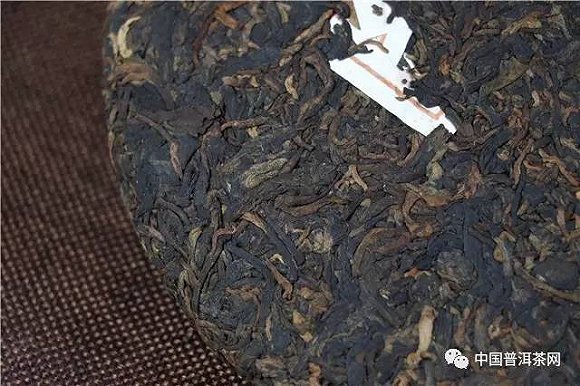
From the appearance, high-quality Pu-erh tea generally has golden fuzz, tightly knotted and heavy strips, and a reddish-brown, glossy color. If the color is black or uneven with green patches or dullness, it indicates poor processing or storage, usually a sign of inferior tea. For compressed ripe tea, such as cake tea, check if the strips are clear, uniform, and intact, with consistent thickness and tightness. The color should be normal black-brown, brown, or reddish-brown. If there are mold spots or mildew, it is a low-quality product.
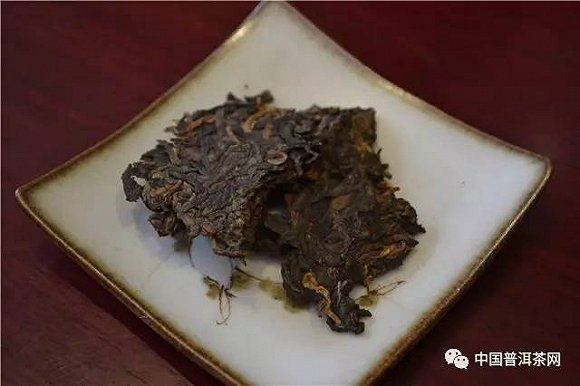
From the soup color, ripe Pu-erh tea should have a deep red and bright appearance. Yellow, orange-yellow, or dark and cloudy soup colors indicate inferior tea. Orange-yellow or dark soup colors are usually caused by improper fermentation, either under-fermented or over-fermented.
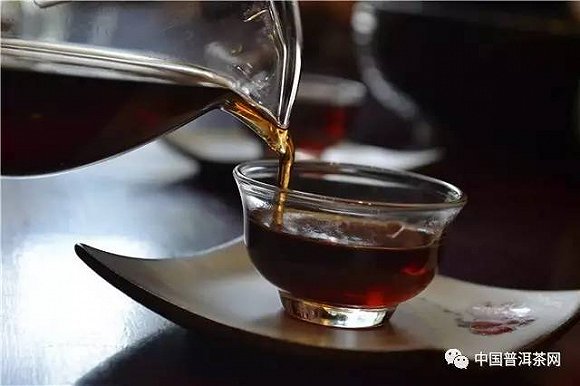
From the aroma, ripe Pu-erh tea is notable for its aged fragrance and "pile fermentation" smell. The aged fragrance is the basic aroma, while the "pile fermentation" smell is unavoidable due to the fermentation process. However, this smell can be reduced or eliminated over time, usually fading after two or three years of aging. High-quality ripe Pu-erh tea may have camphor, medicinal, jujube, or aged fragrances, which are pleasant and result from good raw materials and processing.
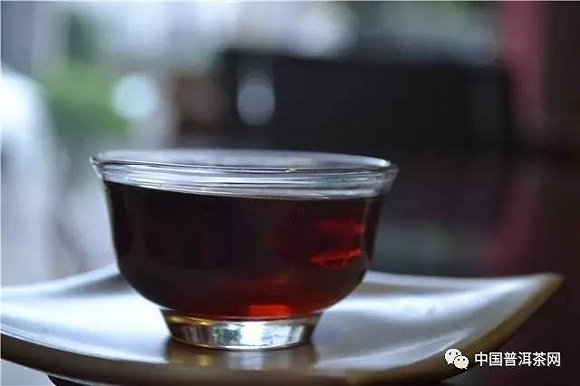
From the taste, high-quality ripe Pu-erh tea has a rich, smooth, and sweet flavor, while inferior tea tastes flat and may even have an astringent or numbing sensation, causing discomfort in the mouth.
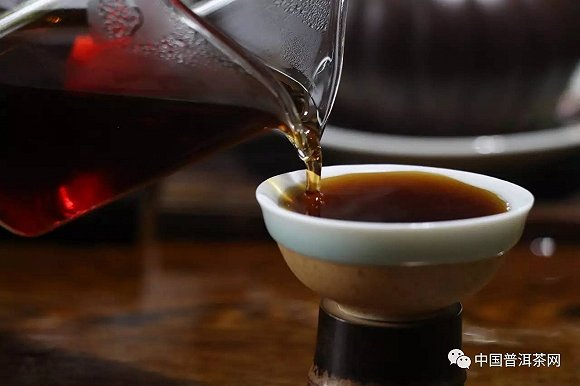
After fermentation, the brewed leaves of ripe tea turn brown or reddish-brown. Good ripe Pu-erh tea has few broken leaves and no impurities, while poor-quality tea may have incomplete leaves or even contain foreign matter. The brewed leaves of ripe Pu-erh tea may be somewhat fragmented due to fermentation, so the main criterion for judging quality is the absence of impurities.
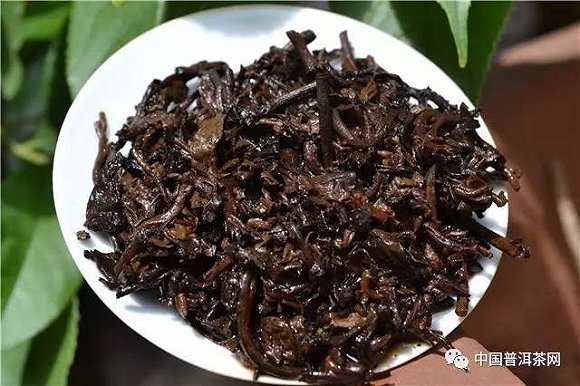
The above methods for judging ripe tea are generally applicable but not absolute. For example, some ripe teas may look ordinary or even unattractive but taste exceptionally good. Therefore, a comprehensive evaluation is necessary, and judgments should not be made based on just one or a few aspects.